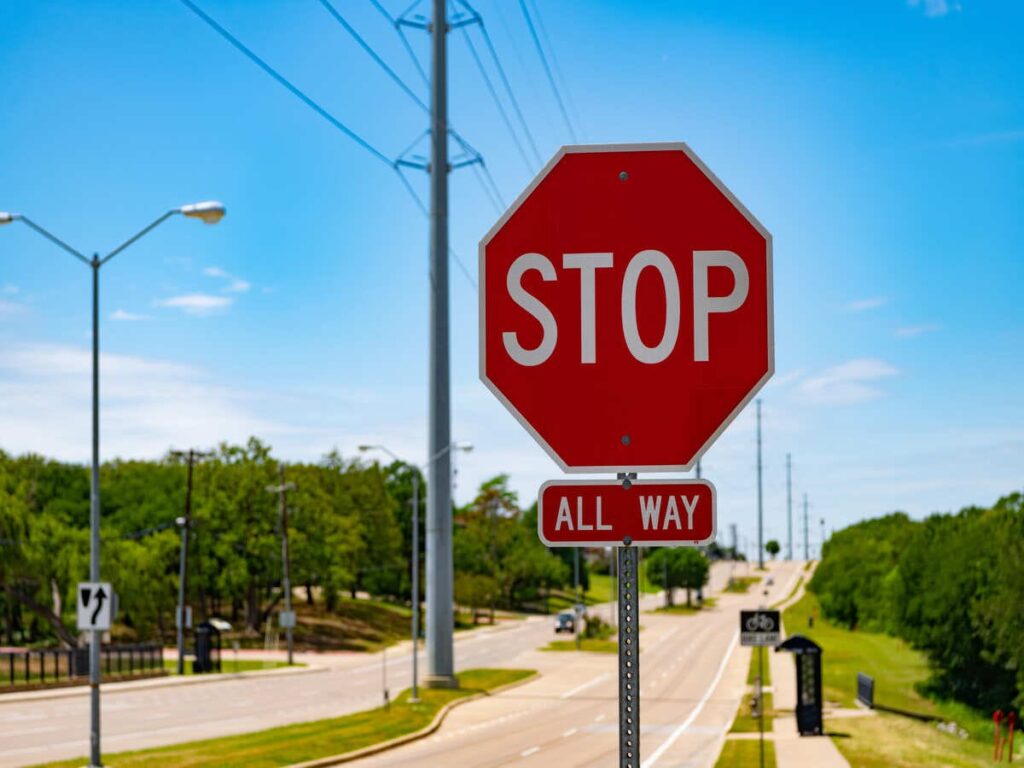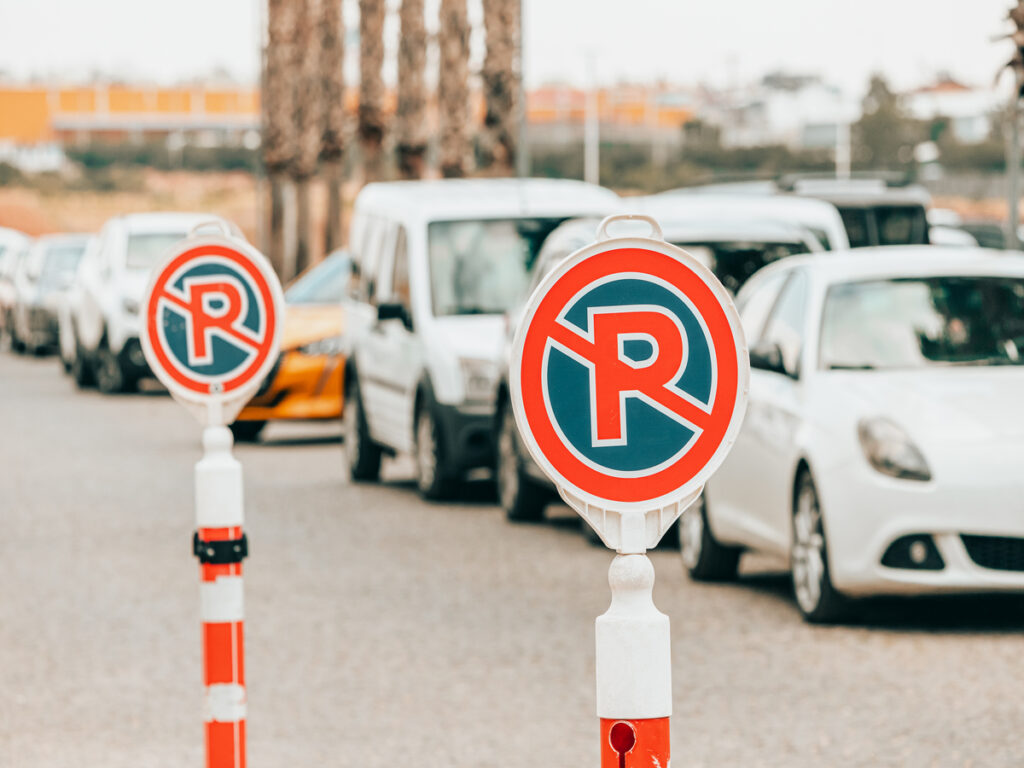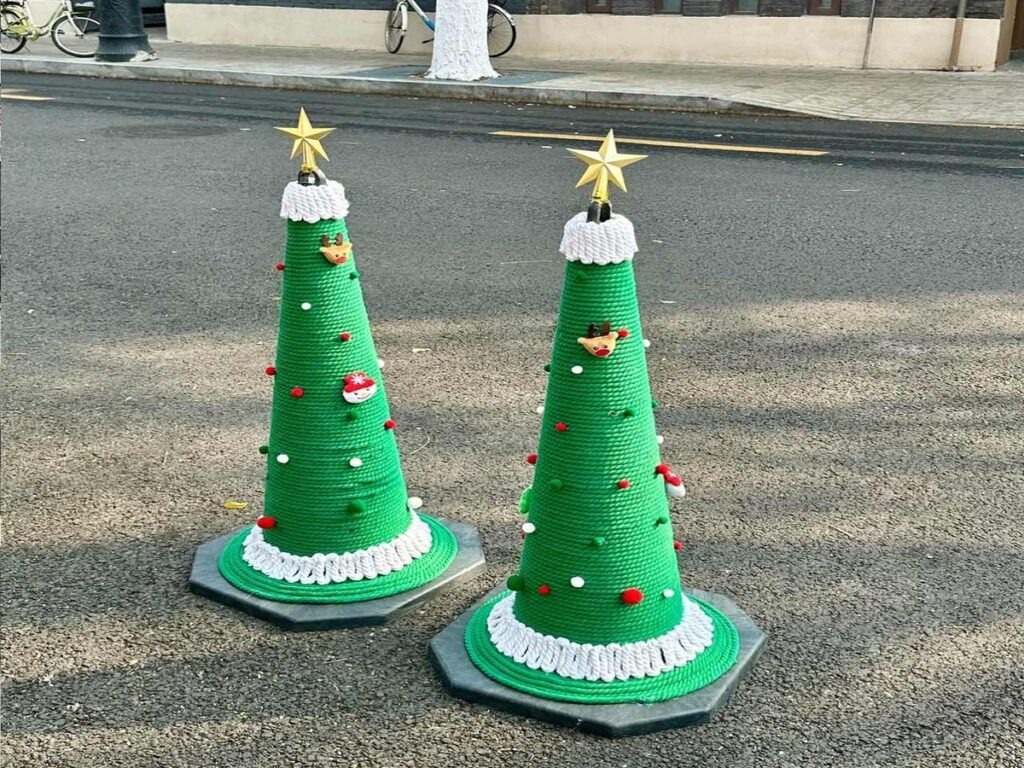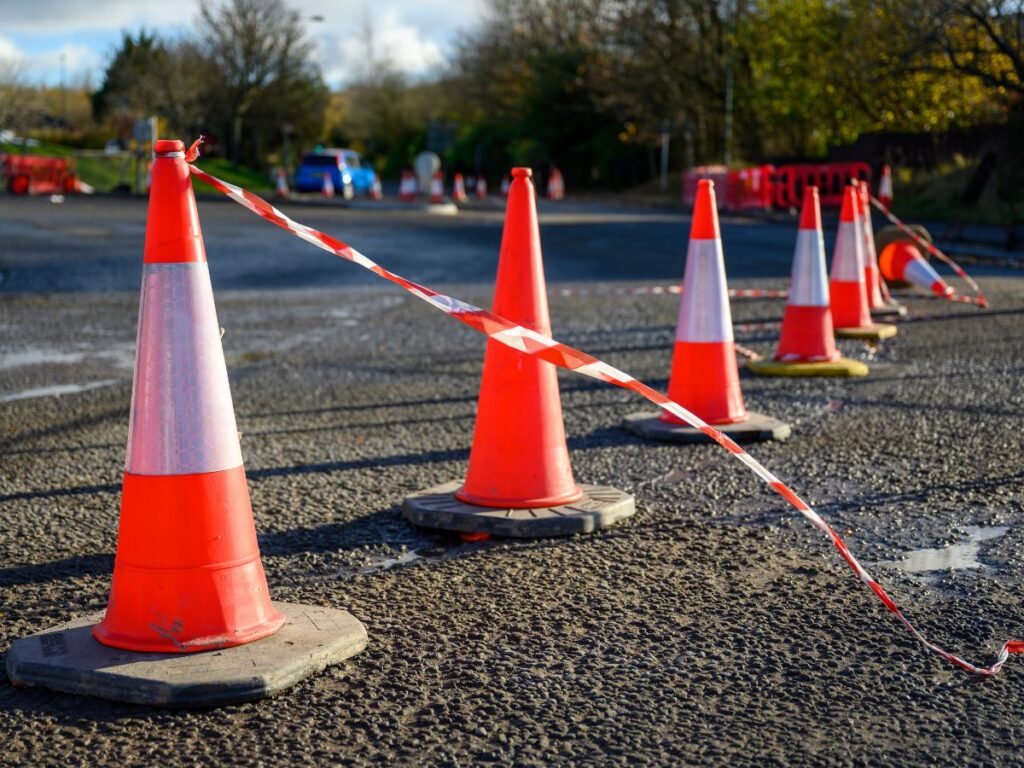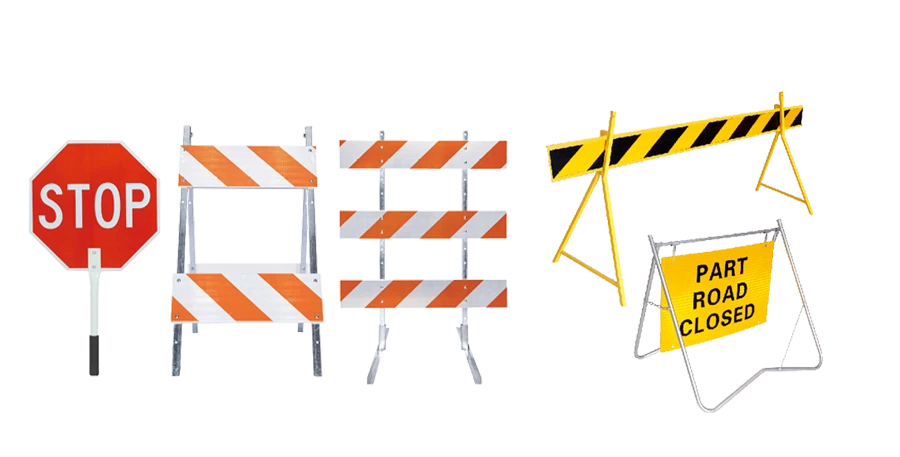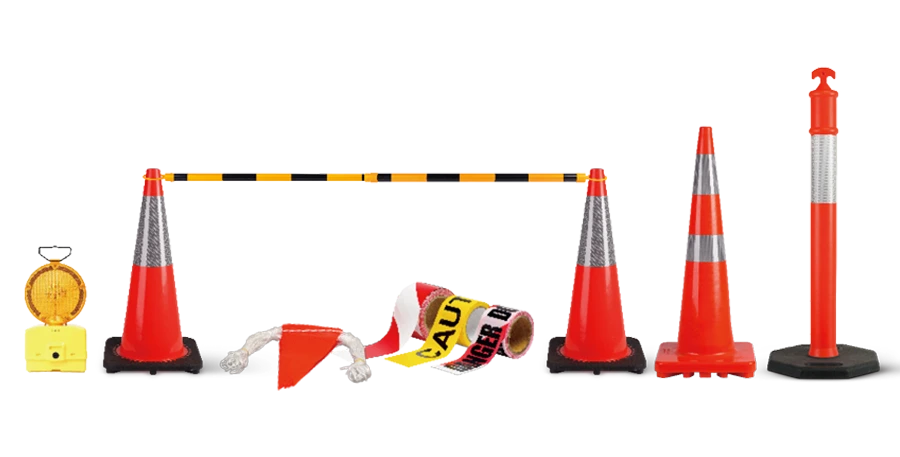
Wohnungszonen haben besondere Herausforderungen zu bewältigen. Wenn die Arbeit in der Nähe von Einfahrten stattfindet, Verkehrssicherheit ist sehr wichtig. Treiber, Arbeiter, und Fußgänger müssen sich sicher bewegen, ohne verwirrt zu werden. Temporäre Signale zeigen alle klare Anweisungen für alle. Barrierekegel markieren Grenzen und leiten den Verkehr ordnungsgemäß. Diese Tools arbeiten zusammen, um die Dinge sicherer und reibungsloser zu machen. Die Verwendung beider Unterstützung hilft bei der Lösung von Sicherheitsproblemen in diesen Bereichen. Dies hält die Sicherheit der Arbeitszone als oberste Priorität.
Bei OPTRAFFIC, we provide a full range of temporary traffic safety solutions—from barrier cones Zu portable signals—designed to meet the unique demands of residential work zones. Our reliable equipment and expert support help keep drivers, Arbeiter, and pedestrians safe while minimizing disruption in neighborhood settings.
Key Takeaways
- Temporary signals at driveways help drivers stay safe during construction.
- Cones show work zone edges, guiding cars and protecting people nearby.
- Checking and fixing signals and cones often keeps them working well and easy to see.
- Using signals and cones together makes areas safer and traffic smoother.
- Kits with all safety tools can save time and make setups easier.
Understanding RDTS and Its Practical Applications
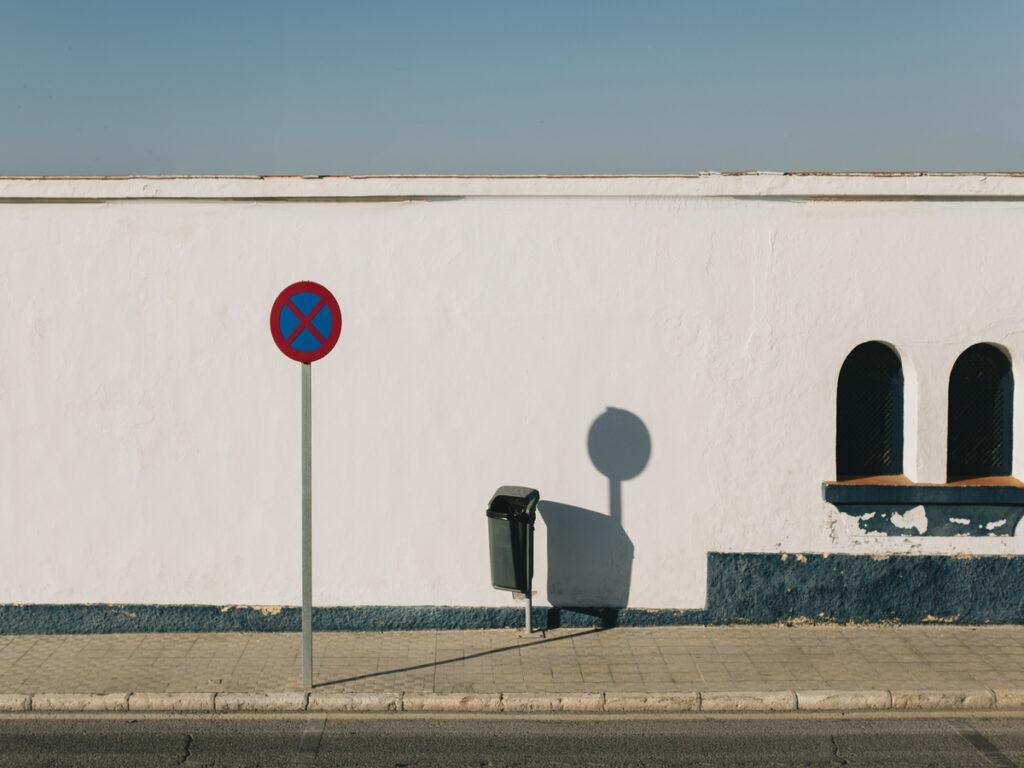
What is a Residential Driveway Temporary Signal (RDTS)?
A Residential Driveway Temporary Signal (RDTS) is a tragbar, temporary traffic control device designed to manage vehicle entry from private residential driveways onto public roads—particularly two-lane, two-way roadways—during Sperrsperrungen in active work zones.
Approved under Interim Approval IA-23 von der Bundesstraßenverwaltung (Fhwa), the RDTS functions as a dedicated driveway signal head, coordinated with a temporary traffic signal system that controls alternating one-way traffic flow. It is used when driveway access intersects with a closed or restricted travel lane, and conventional flagging or signage is insufficient or unsafe.
The RDTS enhances safety by:
- Preventing conflict points between driveway vehicles and mainline traffic
- Reducing wait-time frustration for residents needing access during long-term lane closures
- Maintaining continuous flow control without requiring full-time flaggers
- Unterstützend compliance with MUTCD temporary traffic control standards
Zusamenfassend, the RDTS bridges a critical gap in residential work zone safety—balancing access and control in dynamic, constrained roadway environments.
Common Use Cases for RDTS in Residential Projects
Residential Driveway Temporary Signals (RDTS) are most commonly deployed in two-lane road work zones where driveway access intersects with an active construction area. Their primary function is to maintain safe and controlled ingress and egress for local residents during periods of lane restrictions or alternating one-way traffic. Key use cases include:
• Driveway Access During Single-Lane Closures
In maintenance or resurfacing projects where one travel lane is closed, RDTS provides signalized control for vehicles exiting or entering private driveways, reducing conflict with mainline traffic controlled by a temporary traffic signal.
• Long-Term Utility or Infrastructure Projects in Dense Residential Areas
When utility trenching, drainage upgrades, or broadband installation projects extend over several days or weeks, RDTS ensures continued resident access without requiring manual flaggers or risky uncontrolled turns.
• High-Traffic Neighborhoods with Limited Sight Distance
In areas with narrow roads, Kurven, or vegetation obstructing sightlines, RDTS enhances driver decision-making by providing a clear, visible signal, reducing the risk of side-impact or rear-end collisions at driveways.
• Work Zones Near Pedestrian Crossings or Bike Lanes
By regulating driveway entry/exit in sync with overall work zone traffic control, RDTS minimizes unpredictable vehicle movement, improving safety for pedestrians and cyclists using nearby shoulders or temporary detours.
RDTS units are particularly valuable in suburban corridors and collector roads, where driveway volumes are moderate but safety risks are high due to speed, limited space, or poor visibility. They offer a cost-effective and standards-compliant solution for maintaining local access without compromising overall traffic control.
Limitations and Deployment Conditions
While Residential Driveway Temporary Signals (RDTS) offer a practical solution for maintaining driveway access in work zones, their use is subject to specific limitations and operational conditions to ensure safety and effectiveness. Key considerations include:
• Traffic Volume and Speed Thresholds
RDTS is best suited for low to moderate volume roadways where posted speed limits are typically 45 Meilen pro Stunde (70 km/h) or below. On high-speed or high-volume arterials, driver reaction time and stopping distance may render RDTS signals less effective or potentially unsafe without additional controls.
• Visibility and Sight Distance Requirements
To ensure driver compliance, RDTS units must be installed with unobstructed line-of-sight from both the driveway and mainline traffic approaches. Kurven, grade changes, parked vehicles, or vegetation may limit the effectiveness of the signal and require relocation or additional signage.
• Environmental and Site Constraints
RDTS should not be used where complex intersections, multilane access points, or signal conflicts exist. In solchen Fällen, more advanced traffic control strategies or manual flagging may be required.
• Signal Coordination and Timing
RDTS must be fully integrated with the primary temporary traffic signal system, with proper phasing and clearance intervals. Improper timing can cause driveway users to enter conflicting phases, leading to potential crashes.
• Maintenance and Monitoring
As with all temporary signal systems, RDTS installations require routine inspection, battery or power supply checks, and signal head alignment to ensure continuous operability. Malfunctioning units can confuse drivers or disrupt overall work zone flow.
• Regulatory Compliance
Deployment of RDTS must conform to MUTCD provisions under Interim Approval IA-23, and state or local DOTs may impose additional conditions or approval processes before use.
Zusammenfassend, RDTS is a valuable tool—but only when used in appropriately scoped environments, with thoughtful placement, proper integration, and ongoing monitoring.
The Role of Barrier Cones in Supporting RDTS Deployment

Directing Traffic Flow
Barrier cones help guide cars in work zones. They create clear paths so drivers know where to go. Ihre leuchtenden Farben und reflektierenden Streifen machen sie leicht zu sehen, sogar nachts. When used with temporary signals, cones improve traffic flow and reduce accidents. Placing cones 5 Zu 10 meters apart helps drivers stay on the right path. This keeps the work zone safe and organized.
Marking Work Zones and Boundaries
Barrier cones show where work zones start and end. They are visual markers for drivers and pedestrians. Höhere Zapfen, über 28 Zoll, are easier to see from far away. These are great for highways and busy streets. Reflective strips on cones make them more visible at night or in bad weather. Using cones with warning signs reduces confusion and keeps traffic moving. The number of cones depends on road size, Verkehr, and construction needs. This ensures the work zone stays safe and well-marked.
| Evidenztyp | Beschreibung |
|---|---|
| Sichtweite | Höhere Zapfen (über 28 Zoll) are best for highways and improve visibility. |
| Platzierung | Spacing cones every 5 Zu 10 meters helps mark boundaries clearly. |
| Menge | The number of cones depends on road size, Verkehr, und Baumaßstab. |
| Reflektierende Merkmale | Reflective strips make cones visible in low light, Verbesserung der Sicherheit. |
| Verkehrsmanagement | Cones with warning signs reduce confusion and keep traffic flowing. |
Providing Physical Separation
Barrier cones create a safe space between cars and workers. This lowers the chance of accidents in busy areas. Work zone deaths have risen, mit a 33% increase in 2021. Cones also protect pedestrians by reducing vehicle strikes. Crashes into work zones are common, but cones can help prevent them. Reflective cones make boundaries clear, helping drivers slow down and stay safe.
Barrier cones make work zones safer for everyone. Sie leiten den Verkehr, Markieren Sie Grenzen, and create safe spaces. This makes them essential for improving safety in residential work zones.
Einhaltung & Safety Tips for RDTS + Barrier Cone Deployment
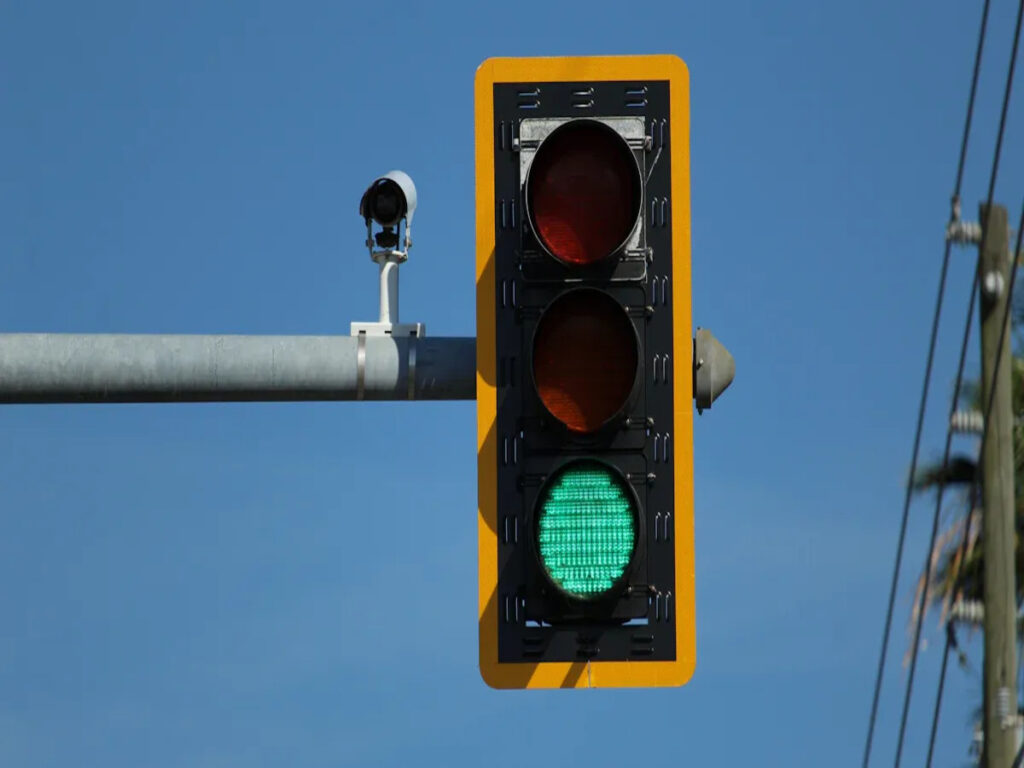
Work Zone Setup Best Practices
Setting up work zones safely protects everyone nearby. Erste, check the area for risks. Plan where to place the Residential Driveway Temporary Signal (RDTS) and barrier cones. Put the RDTS where drivers can easily see it. Use cones to make clear paths for cars and people.
Place cones evenly, um 5 Zu 10 Meter auseinander. Make sure the reflective strips on cones are clean and easy to see. This is especially important at night or in dim light. Add warning signs near the work zone to alert drivers early. Always follow local rules to stay safe and meet standards.
Häufige Fehler zu vermeiden
Don’t put the RDTS where drivers can’t see it well. Drivers need to spot the signal early to respond safely. Avoid using too many cones, Da kann dies die Fahrer verwirren. Using too few cones won’t guide traffic properly.
Skipping regular checks is another mistake. Broken signals or misplaced cones can cause accidents. Check all equipment daily to ensure it works correctly. Auch, don’t forget about weather. Wind or rain can move cones, so secure them tightly.
Inspection and Maintenance Reminders
Daily checks keep your RDTS and cones working well. Test the RDTS to make sure its lights are bright and working. Look for damaged cones, like cracks or missing reflective strips. Replace broken cones right away.
Clean cones and signals often to keep them visible. Dirt or debris can make them harder to see. After bad weather, check for cones that have moved or equipment that’s damaged. Keeping everything in good shape ensures safety and follows the rules during the project.
Sales Opportunity: Meeting the Equipment Needs of Residential Work Zones
Product Bundling and Kits
Grouping tools makes work zone setups easier. Kits with Residential Driveway Temporary Signals (RDTS) and barrier cones include all needed items. These bundles save time and avoid searching for separate tools. Choose kits based on project size, like small driveway fixes or bigger roadwork areas.
Ready-made kits boost efficiency. They come with reflective cones, Warnzeichen, Und RDTS units. This ensures safety standards are met without missing key items. Bundling tools lets you focus on the job while keeping the work zone safe.
Rental and Training Options
Renting tools is great for short-term projects. Sie können verwenden RDTS units and cones without buying them. This saves money and gives access to updated equipment. Renting works well for contractors handling temporary work zones.
Training teaches how to set up tools correctly. Learning where to place RDTS and cones improves safety and traffic flow. Many companies offer hands-on training to show best practices. Training helps teams use tools properly, lowering risks in work zones.
Market Expansion
More construction in neighborhoods means more safety needs. Promoting RDTS and cones shows their value to contractors and local leaders. These tools help manage traffic and prevent accidents.
Industry events connect sellers with buyers. At expos like ATSSA Work Zone Safety Device Demonstration, you can show tools in action. Highlighting cost savings and efficiency attracts interest. Growing awareness helps more work zones use these tools for safer setups.
Temporary signals and barrier cones help make work zones safer. These tools work together to improve safety and traffic flow. Signals show drivers where to go, and cones mark safe areas. Using both reduces mistakes and prevents accidents. They help protect workers and guide traffic better. Mit diesen Werkzeugen, everyone stays safer in busy work zones.
FAQ
Why are traffic safety cones important in work zones?
Traffic cones help cars and people move safely. Ihre leuchtenden Farben und glänzenden Streifen machen sie leicht zu sehen, sogar nachts. They show where work zones are, Arbeiter und Fahrer sicher halten. Good placement stops accidents and lowers risks.
How do barrier cones protect workers from danger?
Barrier cones keep cars away from workers. They make a safe space between vehicles and people. Placing cones carefully helps prevent crashes and injuries. This keeps workers safe in temporary work zones.
Why does visibility matter in work zones?
Drivers need to see cones and signals early. This helps avoid crashes and saves lives. Reflective materials make cones visible in the dark. Better visibility means fewer accidents and injuries.
How can pedestrian deaths in work zones be reduced?
Cones and barriers show safe paths for people to walk. Signs and visible tools keep pedestrians away from danger. Checking these tools often makes sure they work well.
How does crash data improve work zone safety?
Crash data shows common problems in work zones. Studying this data helps make safety tools better. It reduces risks for workers and drivers, die Straßen für alle sicherer machen.

